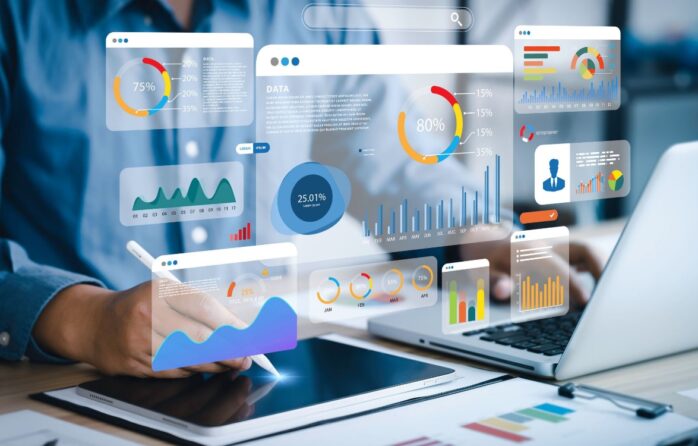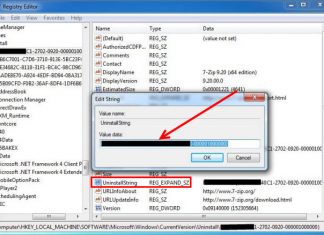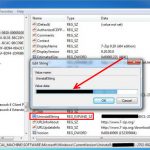In spite of having different marketing channels, ever wondered why emails are preferred by most marketers, for acquisition and retention? Emails have the advantage of being hyper-personalized and the ability to reach the subscribers’ inbox while being cost-effective. For a highly converting email campaign, you get an ROI of $44 for every $1 invested and this motivates many marketers to adopt email marketing.
Imagine the times when you burned the midnight oil and slogged for hours over your email campaigns only to get a paltry amount of people clicking through the email to reach the landing page.
If you have read this far, then yesm this article is for you. We shall share 15 tips to significantly increase the email CTR up to 200% higher and reach the email metrics benchmark of your industry.
1. Maintain a healthy email list
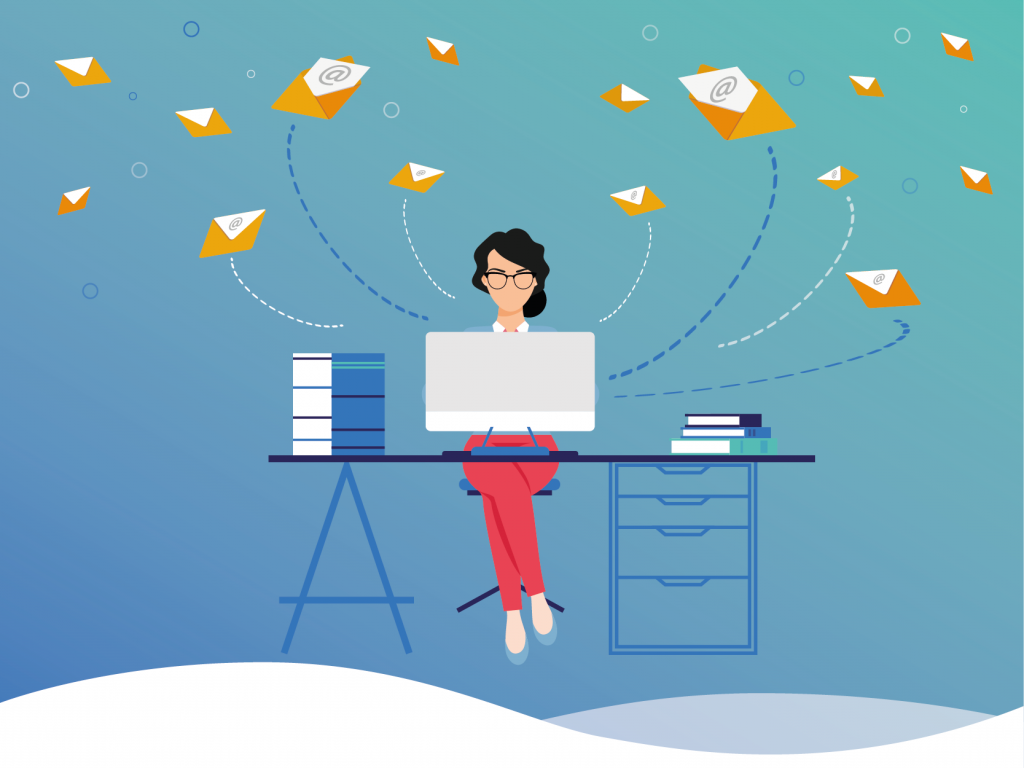
The first foremost thing to analyze, on having poor CTR, is whether you are sending your emails to the correct audience. Every year, the email list quality degrades by 22% (Source). This means most of your subscribers in the mailing list will eventually become dormant or change their email addresses. Maintaining a healthy email list would ensure that your emails only reach those who will engage with it.
To have a healthy email list, you need to periodically prune your mailing list to remove any of the incorrect email addresses, dormant entries, and any unsubscribed email addresses.
There are multiple email list cleaning service providers that can clean your list for a nominal fee. In order to reduce incorrect email addresses, it is advised to use a double opt-in method, where the subscriber has to confirm their email address by clicking on a link as evident in the example below.
Even though this will reduce the number of people that receive your emails, your emails will only reach those who anticipate it.
2. Carry out segmentation of the lists
Email segmentation is an important aspect while planning an email campaign. In order to provide an excellent user experience to your subscribers, you need to make sure that your subscribers only receive those emails that interest them.
While you cannot read the minds of your subscribers, you can at least predict from past purchases and online behavior. This way, you collect information that helps you segment your email lists further than what is possible with only demographics (i.e. age, gender, location, company name, etc.)
Going a step further, you can microsegment your email list using different combinations of segmentation criteria to send emails that are exclusive to specific categories only. Some of the most commonly used email segmentation criteria are as displayed below.
3. Have an engaging subject line to ensure a good open rate
The email subject lines are the first interaction your subscriber has with your emails. As a best practice, an assumption about the email content should be easily made from the subject line itself. While the subject line should generate curiosity, it should not go to the extent that mysticism prevents the subscriber from opening the email.
A good way to craft a good email subject line is to consider it as an individual element and use actionable words to encourage the subscribers to open the email. In the example below by Steam, the subject lines are straightforward about what the email contains. The top two are promotional emails and so the subject lines inform you about the sale. On the other hand, the bottom three are transactional email and so the subject lines acknowledge the action of the subscriber.
4. Personalize the emails and be as relevant as possible
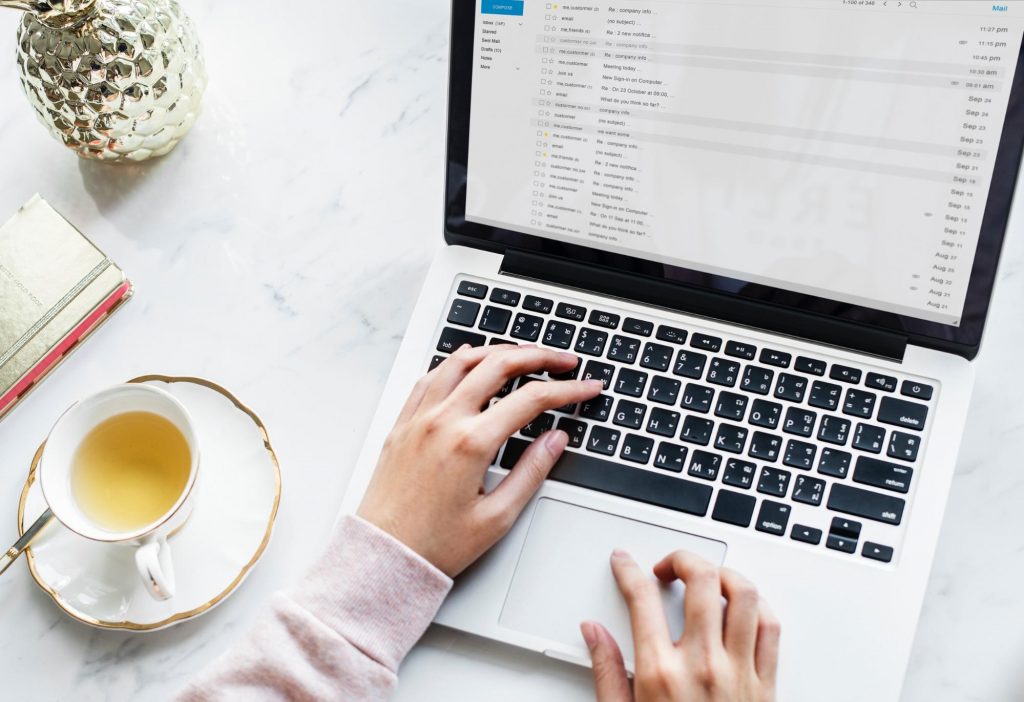
Tempted with the subject line, the subscriber has opened the email. Now, the goal of the email content is to provide enough information to further fan the flames of curiosity and redirect the subscriber to the relevant landing page. This is possible when the email content is of the subscribers’ interest and has enough nuances to sound personal.
Assuming you have implemented tip #2, you have already sent your emails to a micro-segment of your mailing list. The next step is using the data to personalize the email content. Suggesting products based on past purchases is a good example of personalization in the email content done right. In the example below by Netflix, the user is suggested a relevant series to watch based on their watch history.
Personalization to such extent may be a difficult task even with all the tools at your disposal. Hence, marketers are now resorting to using AI to process huge customer data to find key information that can be utilized for personalization. Salesforce Einstien and Phrasee are two prime examples of AI being used for email marketing. You can check this for more information.
5. Reiterate the link once again
People generally scan through the email content before taking an action. It could either be to click the CTA button or move on to the next email. Even though you may follow the design practices when it comes to creating CTA buttons, it is easy for the subscriber to glance through it.
By reiterating the link once again before your email ends is a good way to remind the subscriber about the purpose of the email and make them go back to the CTA button.
In the example below by Mendo Library, the hero image features a collection of their Monocle series and after a short description followed by the call to action. Before the email ends, a final call to action button invites them to browse through the collection.
6. Use rich media to make the emails visually aesthetic
Emails have long migrated from the plain text format to include colors, structures, image support when HTML email templates were introduced in the late ’90s. This helps email marketers experiment with different forms of rich media in their emails. Rich media is nothing but standard media formats such as static images, GIFs, cinemagraphs, and videos to improve the visual aspect of an email design. Each rich media type has a benefit of its own.
- Static images are a visual representation of the text.
- Animated GIF displays multiple images in a loop to imitate a motion.
- Cinemagraphs have a static foreground and motion in the background to create an illusion.
- Videos are the supreme rich media format that can be used for numerous purposes.
The type of rich media you should use depends on the purpose and your relevant industry. In the email example below by Pizza Express, the cinemagraph is the bubbling glass of Prosecco that tempts the subscriber to engage.
7. Include a single primary call-to-action
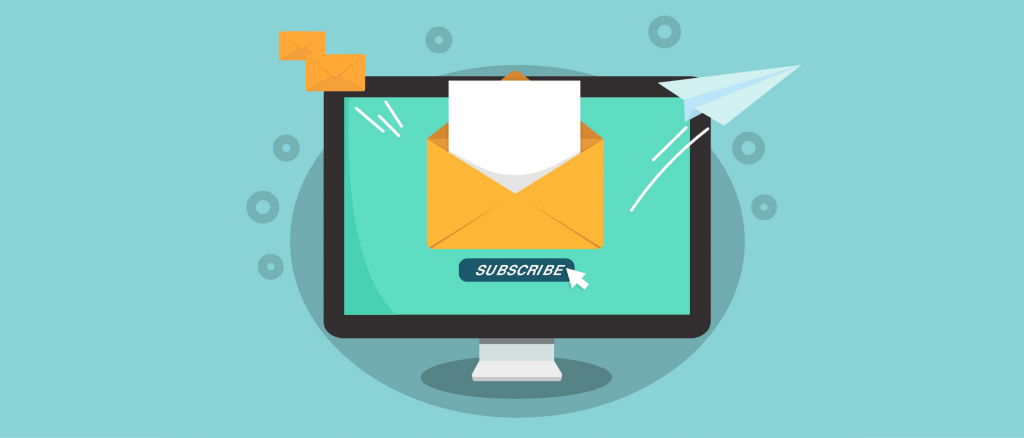
In order to calculate the CTR of an email campaign, there needs to be a CTA button. On the other side of the spectrum, including more than one CTA button for the same purpose might be overwhelming for the subscriber as it gives an impression of being spammy.
Moreover, most email service providers only display the number of clicks in the email and by including more CTA buttons, you dilute the effectiveness of the primary CTA. In case you do need to include more than one CTA, place the second one as a textual link instead of a button.
In the example below by the New Yorker, the subscriber is given the option to extend their subscription or cancel it. The second CTA is placed below the first CTA button and kept as a textual link.
8. Add button CTAs with an actionable word
A mistake that most amateur marketers tend to commit is either using generic CTA copy such as ‘Submit’, ‘Learn More’, or ‘Read More’ or not using actionable words. While using actionable CTA copy doesn’t guarantee that your CTA button shall be clicked, it at least motivates the subscriber to do so.
The following email from Aesop encourages the subscriber to visit their online by directly stating it in the CTA copy.
9. Have ample white space
Assume that you visit a coffeehouse on your way back home from work. Before you enter, you observe that shop arrangements are such that there is no room to walk without bumping into someone. Would you be interested to enter? Similarly, unless your emails don’t have breathing space, the elements of your emails may clash with each other and discourage the subscriber from reading the email. While creating an email template, always make sure that all the elements in your email design have ample white space to create an individual impression. This increases the chances of people actually engaging with your emails.
In the email example below by Cracker Barrel, it is easy to observe how every email element has an individual white space.
10. Create a sense of urgency through the email
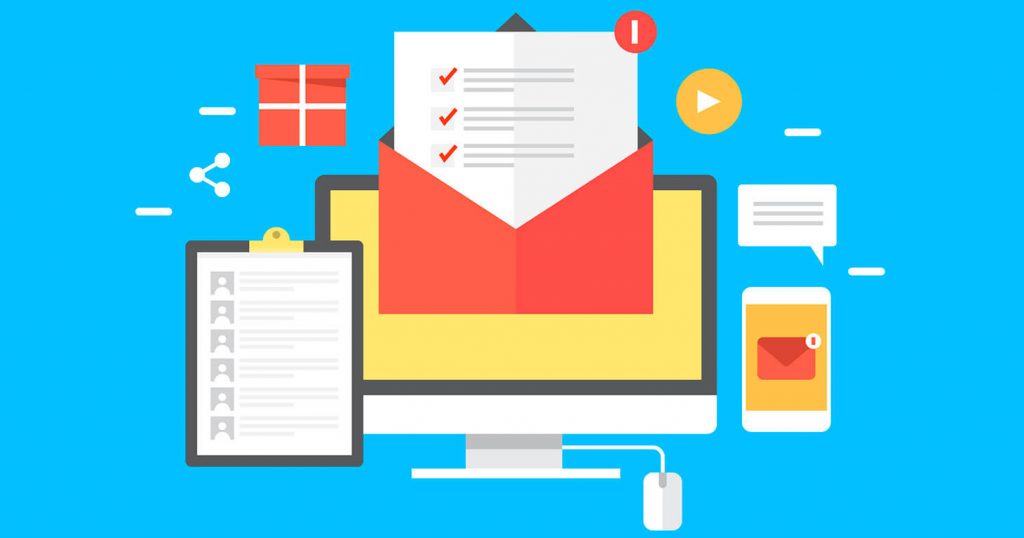
Humans are wired for ‘Fight or Flight’. Utilize that emotion to create urgency in your emails. Include countdown timers, highlight the benefits, show what they might miss out on, feature testimonials for trust-building, generate curiosity and urgency to avoid the fear of missing out.
In the example below by DressLily, the animated clock is not so subtle reminder of the limited time sale.
11. Ensure flawless rendering of your emails across all devices and email clients
Emails are opened on devices with different screen widths and email clients with limited rendering capabilities. While such situations are very rare, chances still exist that your emails may not be rendered the way you envisioned and this may be the reason for low engagement and click through rates.
Hence, it is a thumb rule to test the rendering of your emails across different devices and email clients before you hit send. This not only irons out any discrepancies in your templates but also prepares you for what glitches are possible while rendering emails.
12. Test before sending the email
In conjunction with the previous tip, it is a good practice to conduct thorough testing of your emails before you send them. This means testing on multiple levels such as
- Email rendering
- Image loading
- Email loading speed
- Links on the CTA button
- The subject line and preheader text availability
- Formatting of the email copy
13. Time your emails well
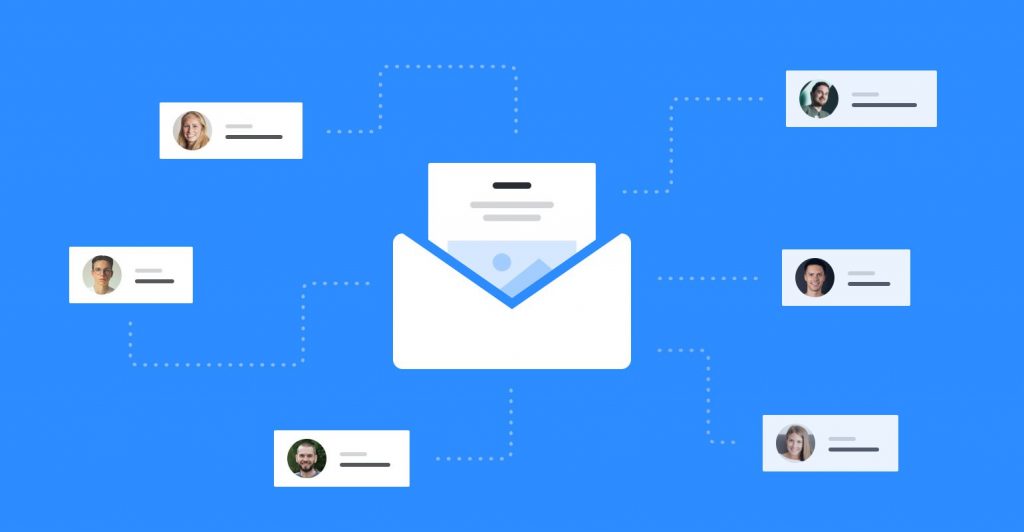
This is largely applicable to brands that have subscribers in different time zones. The maximum engagement is visible within 3 hours of sending an email and starts diminishing there onwards. Unless you send the email when your audience is most active, you are missing out on the engagement and this is observed in the email campaign performance.
In order to find the optimal time, most Email Service Providers offer intelligent sending time features or you can take the help of analytics to understand when your target audience is most active on your website or mobile app. Leverage this information to schedule your emails smartly.
14. Deliver value with your emails
Emails should always be sent with a purpose and the purpose needs to reflect in the email as well. Never send an email just because your competitor also sent one. Unless the goal of your email is not providing value addition to your subscribers, your email metrics will never improve. While planning the email, always ask the question – “What’s in it for the customer?” or “how will they be benefited?” and before hitting the SEND button put yourself in the place of your subscriber and ask ‘Will I open my own email?”
15. A/B test your email campaigns
While no one understands your target audience better than you, you can exactly pinpoint what their likes and dislikes are. Hence, it is always a good practice to conduct A/B testing for different email elements to understand what resonates the most with your subscribers. Some of the elements that can be A/B tested are:
- Call-to-action
- Subject line
- The Email Copy layout
- Personalization tags
- Body text
- Headline
- Footer
- Images
- Any specific offers
Always A/B test one element at a time for optimum analysis.
Wrap Up
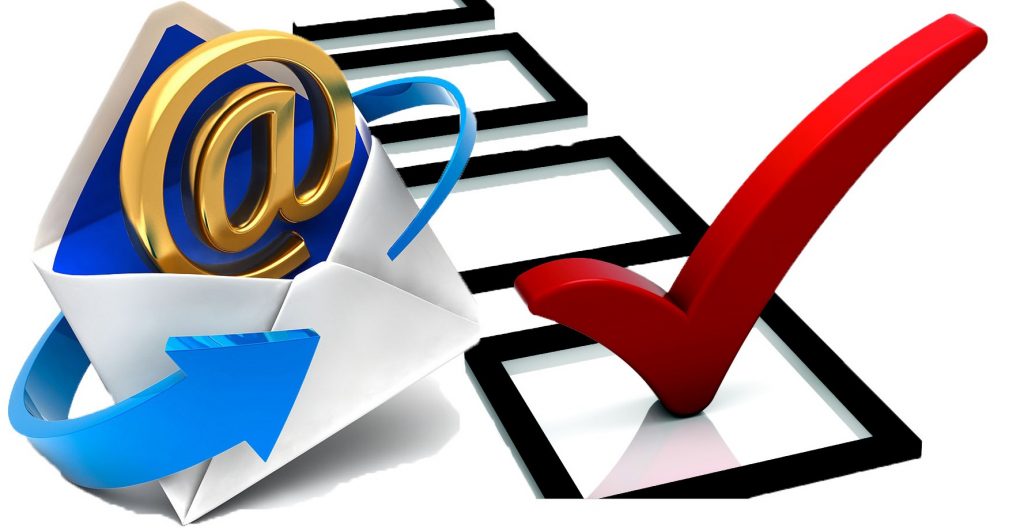
The amount of effort you put in your email campaign is evident from the metrics it generates. In times when you observe a dip, step back and conduct a detailed analysis of what worked and what didn’t. The above 15 tips are the learnings of various email marketers and may not be all-inclusive. If you have a tip to share that we missed, mention it in the comments below.




